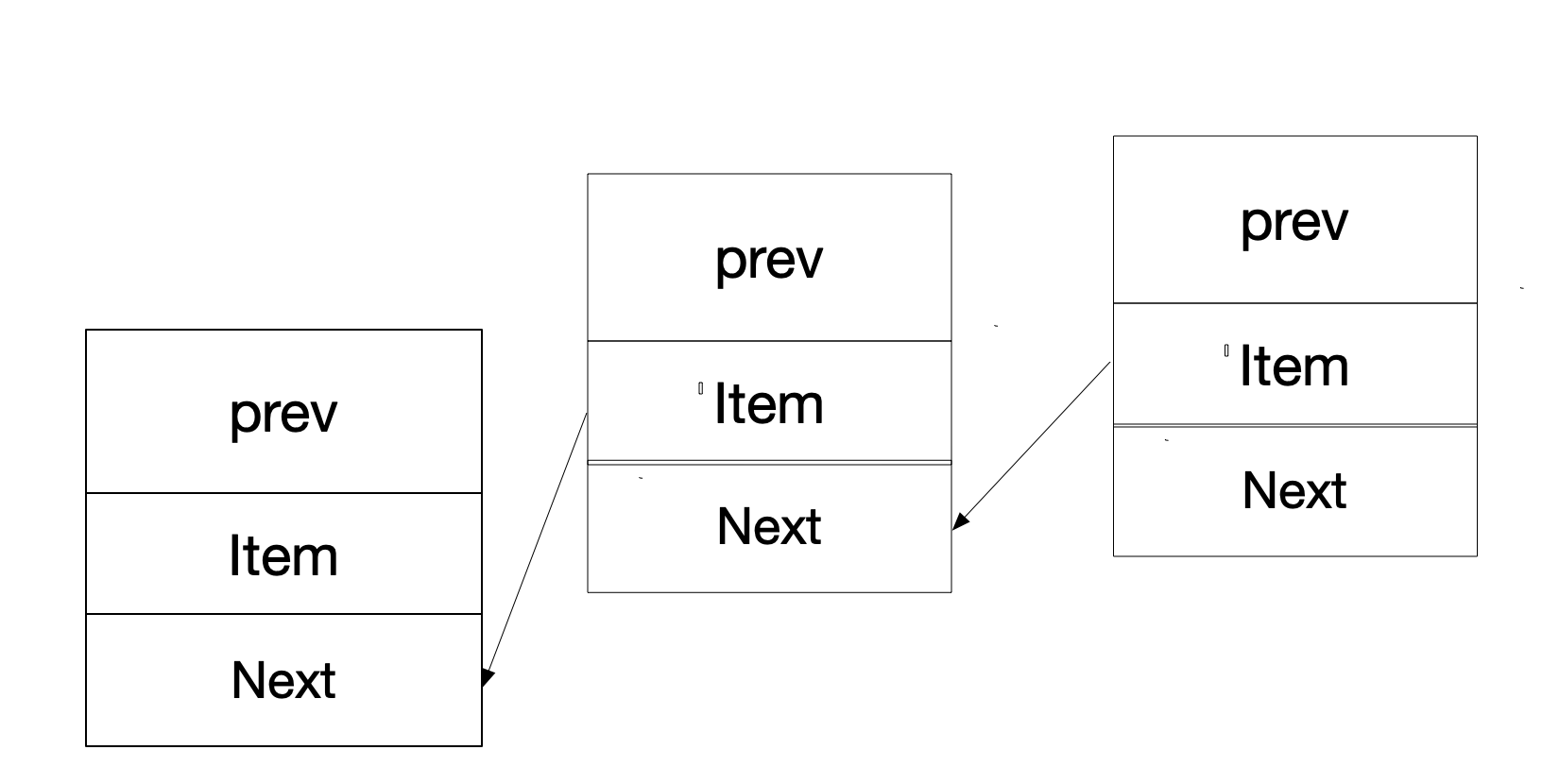List
Colletion
容器继承图

https://www.jianshu.com/p/31ed50ab01e3
Java List
List <– ArrayList LinkedList
ArrayList
```
ArrayListarrayList = new ArrayList<>(); 1
2
3
4
5
得到一个object数组 `private static final Object[] DEFAULTCAPACITY_EMPTY_ELEMENTDATA = {};`
sourcepublic ArrayList() {
this.elementData = DEFAULTCAPACITY_EMPTY_ELEMENTDATA;}
1
2
3
4
2. ```
arrayList.add(1);
arrayList.add(2);source
1
2
3
4
5
6
7
8
9
10
11public boolean add(E e) {
ensureCapacityInternal(size + 1); // Increments modCount!!
elementData[size++] = e;
return true;
}
private void ensureCapacityInternal(int minCapacity) {
ensureExplicitCapacity(calculateCapacity(elementData, minCapacity));
}
先看看calculateCapacity
1
2
3
4
5
6
7
8
9private static final Object[] DEFAULTCAPACITY_EMPTY_ELEMENTDATA = {};
private static final int DEFAULT_CAPACITY = 10;
private static int calculateCapacity(Object[] elementData, int minCapacity) {
if (elementData == DEFAULTCAPACITY_EMPTY_ELEMENTDATA) {
return Math.max(DEFAULT_CAPACITY, minCapacity);
}
return minCapacity;
}if (elementData == DEFAULTCAPACITY_EMPTY_ELEMENTDATA)minCapacity==10ensureExplicitCapacity()
1
2
3
4
5
6
7
8
9
10
11
12
13
14
15
16
17
18
19
20private void ensureExplicitCapacity(int minCapacity) {
modCount++;
// overflow-conscious code
if (minCapacity - elementData.length > 0)
grow(minCapacity);
}
private void grow(int minCapacity) {
// overflow-conscious code
int oldCapacity = elementData.length;
int newCapacity = oldCapacity + (oldCapacity >> 1);
if (newCapacity - minCapacity < 0)
newCapacity = minCapacity;
if (newCapacity - MAX_ARRAY_SIZE > 0)
newCapacity = hugeCapacity(minCapacity);
// minCapacity is usually close to size, so this is a win:
elementData = Arrays.copyOf(elementData, newCapacity);
}添加
arrayList.add(1);时,size 为10的数组, elementData[size++] = e; 注意size初始化值==0,程序先 执行elementData[0]=1,然后是size++;当添加的数是11时,
int newCapacity = oldCapacity + (oldCapacity >> 1);开始执行 10 + 1010>>1 = 10+5,申请了5个空间然后get()可以获取element
源码简写
1
2
3
4
5
6
7
8
9int size =0;
Object[] elementData= {};
Object[] elementArr = Arrays.copyOf(elementData, 10);
elementArr[size++] = 5;
elementArr[size++] = 7;
for ( Object el :elementArr){
System.out.print(el+" ");
}
System.out.println(elementArr[0]);
LinkedList
源码功能如图所示
1 | void linkLast(E e) { |

List iterator
List
// add 4 different values to list
crunchifyList.add(“Facebook”);
crunchifyList.add(“Paypal”);
crunchifyList.add(“Google”);
crunchifyList.add(“Yahoo”);
// Other way to define list is - we will not use this list :)
List
Iterator - Returns an iterator over the elements in this list in proper sequence.
1
2
3
4
5
6
7Iterator<String> crunchifyIterator = crunchifyList.iterator();
while(crunchifyIterator.hasNext()) {
System.out.println(crunchifyIterator.next());
}// ListIterator - traverse a list of elements in either forward or backward order
// An iterator for lists that allows the programmer to traverse the list in either direction, modify the list during iteration,
// and obtain the iterator’s current position in the list.
1 | ListIterator<String> crunchifyListIterator = crunchifyList.listIterator(); |
Iterable.forEach() util: Returns a sequential Stream with this collection as its source
1
2
3
4
5crunchifyList.forEach((temp) -> {
System.out.println(temp);
});collection Stream.forEach() util: Returns a sequential Stream with this collection as its source
1 | crunchifyList.stream().forEach((crunchifyTemp) -> System.out.println(crunchifyTemp)); |
kotlin List
1 | var mPatientList = patientList.filter { it.patientCode == patientCode } |
1 | return mQnList?.let { it -> |
sequence
https://zhuanlan.zhihu.com/p/38258597
https://juejin.cn/post/7022429745874731045
https://winterbe.com/posts/2018/07/23/kotlin-sequence-tutorial/